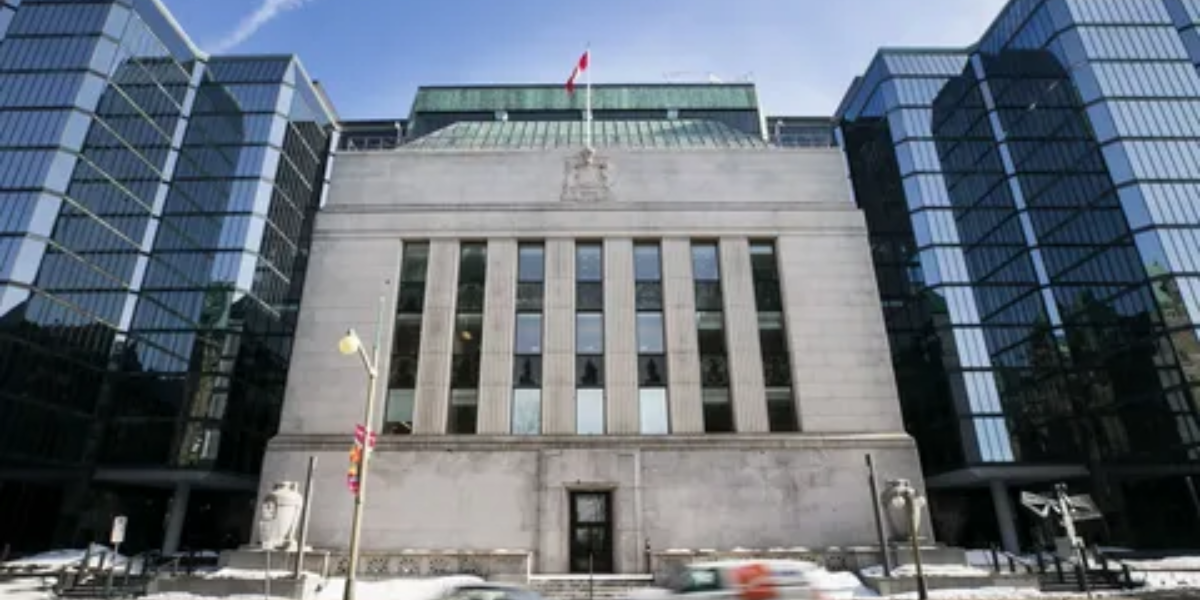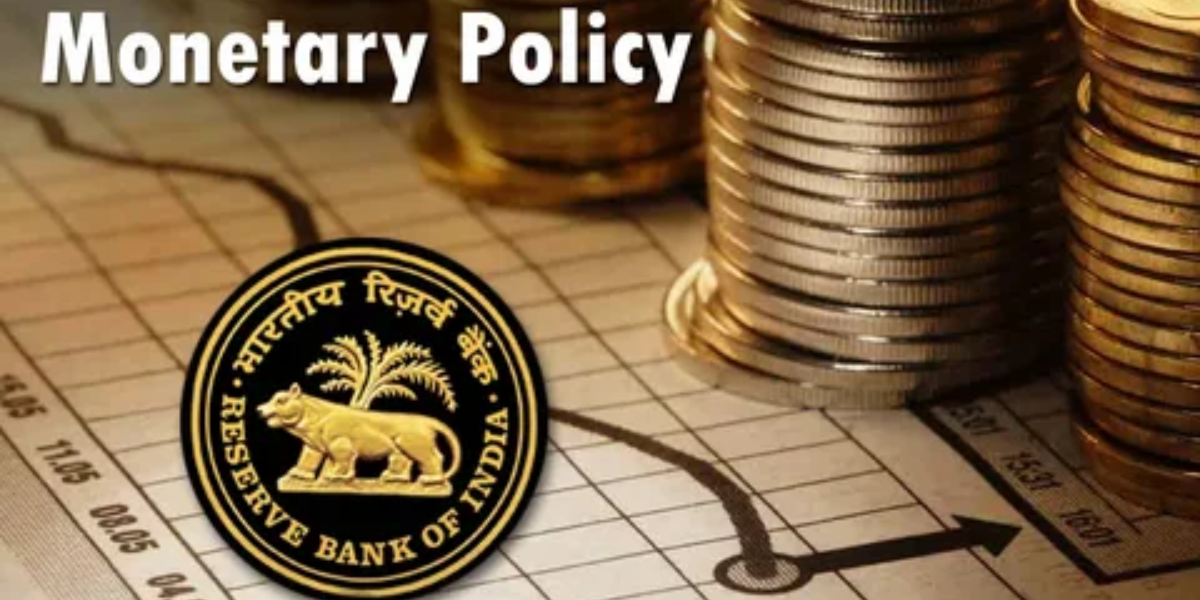Bank of Canada’s Recent Decision
In its recent announcement, the Bank of Canada opted to maintain its current interest rates, yet adopted a notably hawkish tone regarding the possibility of future rate hikes if necessary. This decision has significant implications for various stakeholders, from consumers and businesses to investors and policymakers.
Understanding Monetary Policy and Interest Rates
Monetary policy refers to the actions undertaken by a central bank to regulate the economy’s money supply and interest rates. Interest rates, in particular, play a pivotal role in influencing borrowing, spending, and investment behaviors within an economy.
Bank of Canada’s Stance: Holding Rates but Remaining Hawkish

While the Bank of Canada chose to keep interest rates unchanged, its hawkish stance suggests a willingness to adjust policy should economic conditions warrant it. This cautious optimism reflects the bank’s proactive approach to maintaining economic stability while addressing potential inflationary pressures.
What Does “Hawkish” Mean in Central Banking?
In central banking terminology, being hawkish implies a more aggressive stance toward combating inflation and ensuring price stability. This typically involves considering interest rate hikes or other tightening measures to curb excessive inflationary pressures.
Factors Influencing Bank of Canada’s Decision

Several factors influence the Bank of Canada’s monetary policy decisions, including domestic economic indicators, global economic trends, inflationary pressures, and geopolitical developments. A comprehensive assessment of these factors informs the bank’s stance on interest rates.
Economic Outlook: Strengths and Challenges
The Bank of Canada’s decision is informed by a nuanced understanding of the Canadian economy’s strengths, such as robust employment levels and resilient consumer spending, alongside challenges like elevated levels of household debt and potential supply chain disruptions.
Impact on Borrowers and Savers

For borrowers, the decision to hold interest rates provides continued access to affordable credit, supporting consumption and investment. Conversely, savers may experience minimal returns on savings and investments in low-interest rate environments, prompting potential adjustments to financial strategies.
Market Reaction to Bank of Canada’s Statement
Financial markets closely monitor central bank announcements, and the Bank of Canada’s statement can influence asset prices, exchange rates, and investor sentiment. Understanding market reactions provides insights into market expectations and potential future trends.
Analysis of Inflationary Pressures

Inflationary pressures, including rising commodity prices, supply chain disruptions, and increased demand, remain key considerations for central banks worldwide. The Bank of Canada’s vigilance in monitoring inflation dynamics underscores its commitment to price stability.
Global Economic Trends and Their Influence
Global economic trends, such as trade dynamics, geopolitical tensions, and monetary policy actions by other central banks, can impact Canada’s economic outlook. The Bank of Canada considers these external factors when formulating its monetary policy decisions.
Potential Scenarios for Future Rate Changes

While the Bank of Canada has maintained its current stance, future rate changes remain a possibility, contingent upon evolving economic conditions. Various scenarios, including sustained economic recovery, inflationary pressures, or unforeseen shocks, could prompt adjustments to monetary policy.
Implications for Businesses and Investors
Businesses and investors must adapt to changing monetary policy conditions, considering factors like borrowing costs, consumer demand, and market volatility. Proactive strategies, such as risk management and investment diversification, can mitigate potential adverse impacts.
Navigating Uncertainties in Monetary Policy

The Bank of Canada’s decision to hold interest rates while maintaining a hawkish stance reflects its commitment to fostering economic stability amid evolving uncertainties. Stakeholders across sectors must remain vigilant, adaptable, and informed to navigate the complexities of monetary policy and its implications effectively.
Click here for more visited Posts!





